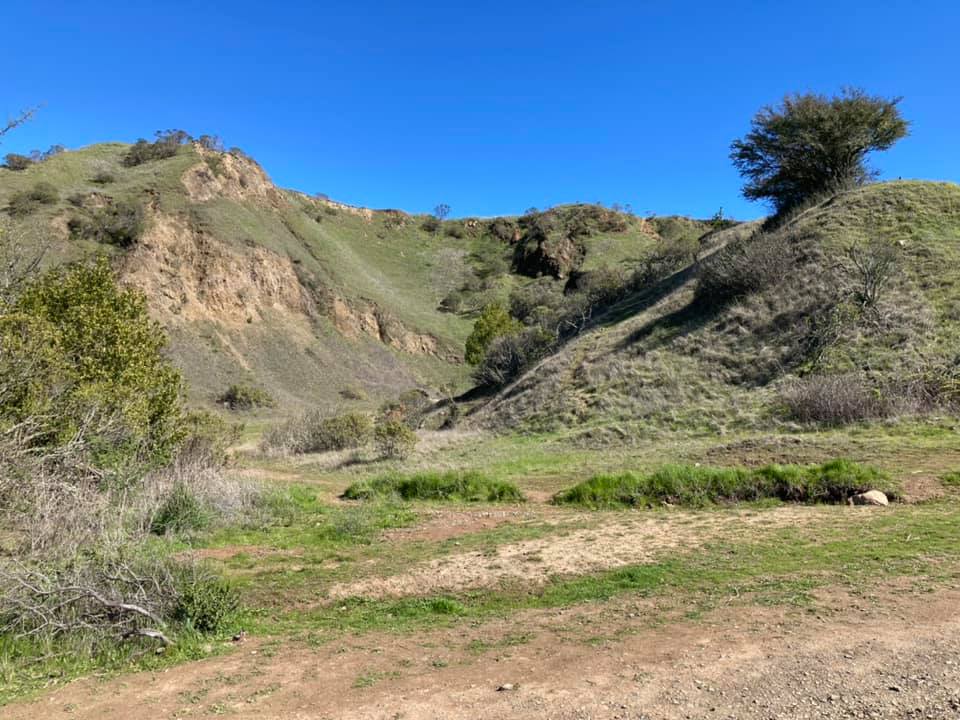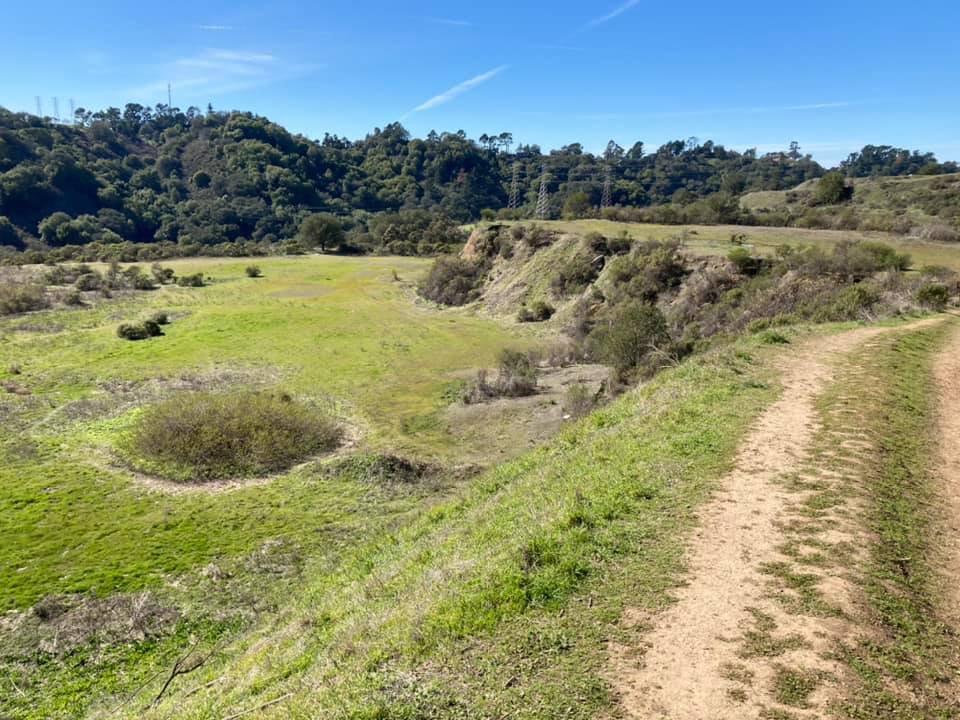Elsa from Disney’s Frozen proclaimed loudly, “Into the unknown!” I know that many of my fellow adventurers can relate to the sentiment. One of my favorite games to play is to go onto a map and randomly choose a location I have never explored before.
The other weekend, I was feeling restless. I was tired of the same-ol’ routines and local parks. I needed a new unknown. So I made my way to my trusty Google Maps and choose a randomly selected regional park.
Best decision ever! I discovered an amazing local gem: Sibley Volcanic Regional Preserve.
This regional preserve is located in the Berkley Hills in the East Bay region of the San Francisco Bay. It’s a large expanse, with a multitude of backpacking and hiking trails crisscrossing 928 acres. Did I mention that the park is dog-friendly? The trails wind through oak forests, across ridgelines, and past interesting rock formations.

Sibley Volcanic Regional Preserve was established as a park in 1936. Originally named Round Top Regional Park, it was renamed after UC Berkley professor, Robert Sibley, after his death in 1958. Sibley was instrumental in protecting land in the East Bay hills. In 1929, a water company announced their plans to sell large swaths of land. According to East Bay Hills: A Brief History, Sibley “went right down to city officials and said, ‘these valuable pieces of land ought to be preserved forever.” Sibley used his influence to recruit many valuable civic leaders to protect the parks and to organize the East Bay Parks Association.
But let’s go back in time to the Pliocene, between 2.5 and 5 million years ago. At this time, Sibley Volcanic Regional Preserve was home to an active volcano. The volcano was built on top of rocks and vents that date back to 10 million years ago! This volcano was surrounded by freshwater streams and pools. The Quaternary Glaciation had not yet carved out the San Francisco Bay, so the ocean was further away than it is today. Camels, horses, mastodons, and oreodonts roamed the plains at the base of the volcano. If you searched, you could even find bear dogs, flamingos, rhinos, and ground sloths. The Pliocene was quite an exotic mix of animals!
As millions of years passed, the fauna of old passed with it. The glaciers carved out the San Francisco Bay. But the most distinct change to the landscape came from the volcano. Compression caused by local volcanic faults folded the rock formations, pushing and twisting the volcano onto its side.

All of this erosion, folding, and twisting exposed a cross-section of the volcano, providing an excellent opportunity for scientists to study the volcano. The geology was also ideal for quarrying operations as a source of basalt.
Today, the Regional Park is a go-to destination for outdoor recreation. Most of the trails are reserved for hiking and horseback riding, thought there is a good selection of mountain biking trails, too.
The Skyline Boulevard Staging area offers visitors a self-guided tour. This tour takes you across the Volcanic Trail, following the ridgeline from the ancient crater. The guide covers ancient geology and local ecology and recent history. It’s well worth the hike!

If you are a backpacker, Sibley Backpack Camp is a primitive site that can accommodate up to 6 campers. It’s an easy 0.2 mile hike from the nearest parking lot, so it’s very accommodating for new backpackers. The site has wonderful views of Mount Diablo, Vollmer Peak and Tilden Peak. There is no potable water on site; the closest water source is at the parking lot, so you’ll need to pack it in. You can get more information about backpacking at Sibley at the East Bay Regional Park District website.
If you’re in the area, I highly recommend exploring Sibley Volcanic Regional Park! It has something for everyone: geology, ecology, hiking, biking, dog-friendly… the list goes on.
Happy adventuring!


